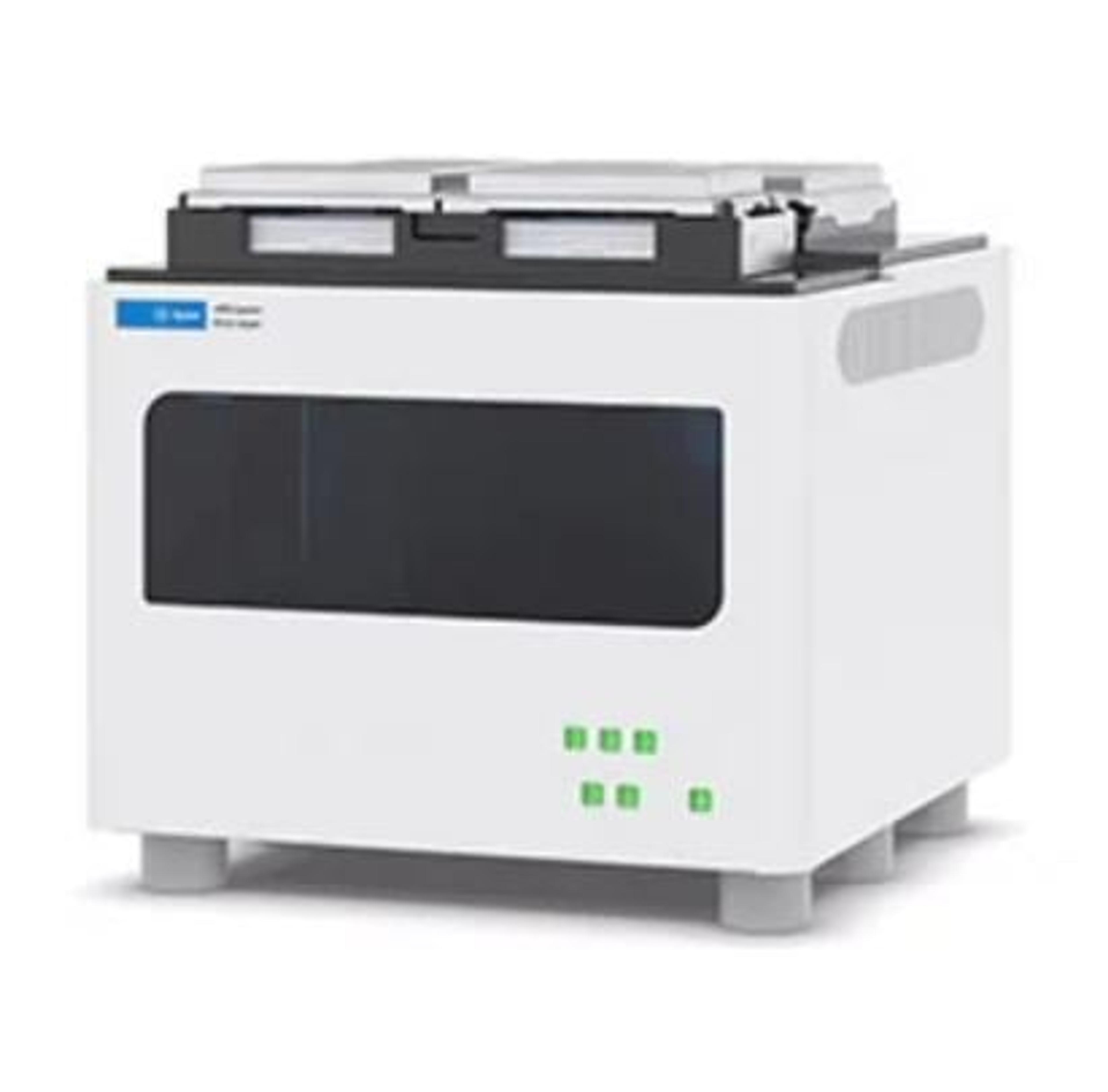Rapid functional evaluation of virus-neutralizing antibodies using multi-parametric live cell analysis: Your questions answered
Watch this on-demand webinar to learn about an alternative assay that aims to identify virus-neutralizing antibodies in as little as five hours
15 Jan 2021

Current methods for screening virus-neutralizing antibodies, including the canonical plaque reduction neutralization test, require multiple handling steps and numerous days to complete.
In this on-demand SelectScience webinar, Dr. Brandon Lemarche, principal scientist and head of xCELLigence Application Development at Agilent Technologies, highlights a more efficient assay that identifies virus-neutralizing antibodies in real time.
Watch on demandRead on for highlights from the live Q&A session or register to watch the webinar at any time that suits you.
Q: You mentioned that RTCA eSight has two different readouts: impedance and imaging. With respect to the viral cytopathic effect, how do the two readouts compare with each other?
BL: Those two different outputs give very similar results in terms of the quantitative information that you'll get out of your assay. Another thing to consider is the use of both approaches. With impedance, the workflow is much more streamlined, and the data is ready to be analyzed as soon as you get it. With any sort of image-based assay, there's usually some fiddling around with the segmentation parameters in order to quantify the number of cells over time. It can involve a few hours of optimization before you can extract data from it. My personal preference is to use impedance as the main workhorse, just because it's much easier. I use imaging as confirmation, but this would come down to your preference. If you're more comfortable with the imaging, then you can use that as your primary readout.
Q: How would you go about using the RTCA for non-adherent target cells?
BL: To have an impedance signal, the host cell needs to be interacting with the gold biosensor array. Within the context of cancer immunotherapy, we've developed five different kits to enable the evaluation of immunotherapies targeting various types of liquid cancers. Simply coat the bottom of the plate well with antibodies and then add in the non-adherent target cells. The antibody captures the cell, holds it near the bottom of the plate, and an impedance signal can be attained. We can then look at the killing of those cells with either drugs or cell-based therapies. This method is worth considering if you're working with a virus that targets immune cells.
Q: If we are running our assay at extremely low multiplicity of infection (MOI), can the RTCA be used, and what are the most important optimization parameters for a virus with low MOI?
BL: Going to low MOI is not a problem. If you have a single virion per well, you are going to see a killing response. The question is how long you had to wait to see it. If you think about trying to monitor a macroscopic result, it's really just a question of how long you had to wait in order for those to fill up. With impedance, it's no different as long as the cells are beginning to detach or rise. For the assays I mentioned in the presentation, the assay window was 120 hours, but the impedance approach doesn't have a time limit. You’re just limited by the biology, not by the instrument. If you want to run the assay for 200 to 300 hours, you can do that. In terms of optimization, I recommend trying a couple of different self-seeding densities to see which of those gives you the most robust and most reproducible result when you're working at your low MOI. That would be a good place to start with your cell titration.
Q: Regarding the turnaround time for identifying neutralizing antibodies, can this be used with plasma or convalescent serum?
BL: So, the ‘normal conditions’ are where you are using MOIs that are around 1. The data I showed in the presentation demonstrated that you could determine if you have neutralizing activity within 15 hours. If you are willing to try going into higher viral MOIs, then you can accelerate that whole killing process and decide about neutralizing activity within 1 hour. Now, could you use this approach to analyze the antibodies that are present in serum? Absolutely. In fact, we have some projects that are working on that within the context of SARS-CoV-2. That is something that is on a lot of people's radar and I'm convinced that the impedance approach is a nice way of doing this quickly.
Q: If you did a rapid assay, how would those results compare to a more traditional assay?
BL: What we typically see when using impedance is that the quantitative information in the form of an IC50 tends to be very similar to that obtained using something like a plaque assay. At the end of the presentation, I showed some data from a paper that included values determined for the antibody titer using a plaque assay versus impedance. Typically, they vary two or three-fold from one another. For cell-based assays, I would regard that to be similar and that is difficult to do. That has been borne out, not just in the context of neutralizing antibodies, but also in the context of a wide variety of drugs and small molecules. Over the past 16 years, impedance has become a trustworthy approach that can closely match the data being obtained by traditional methods.
Learn more about identifying virus-neutralizing antibodies, watch the webinar on demand>>
SelectScience runs 10+ webinars a month across various scientific topics, discover more of our upcoming webinars>>

